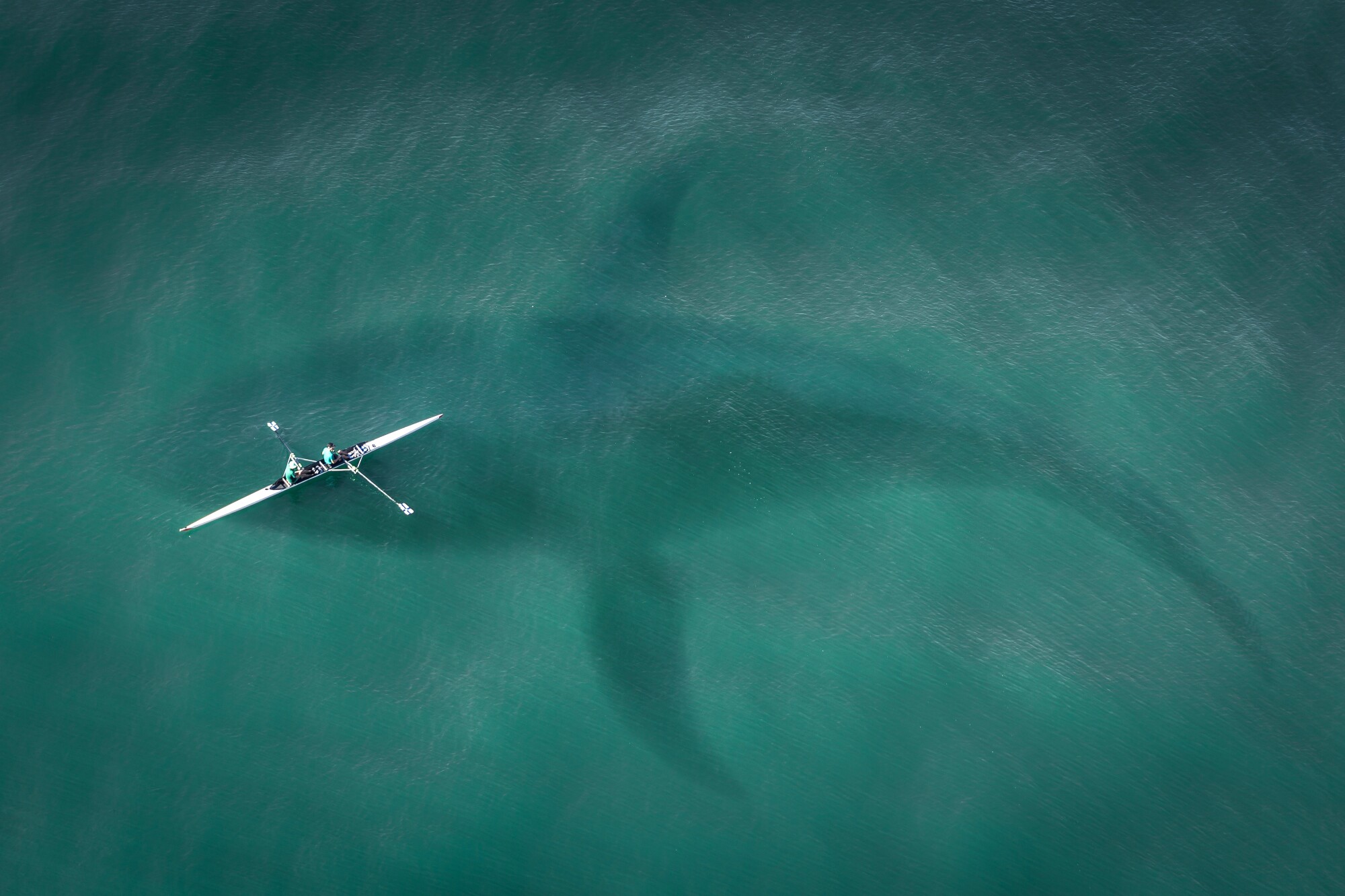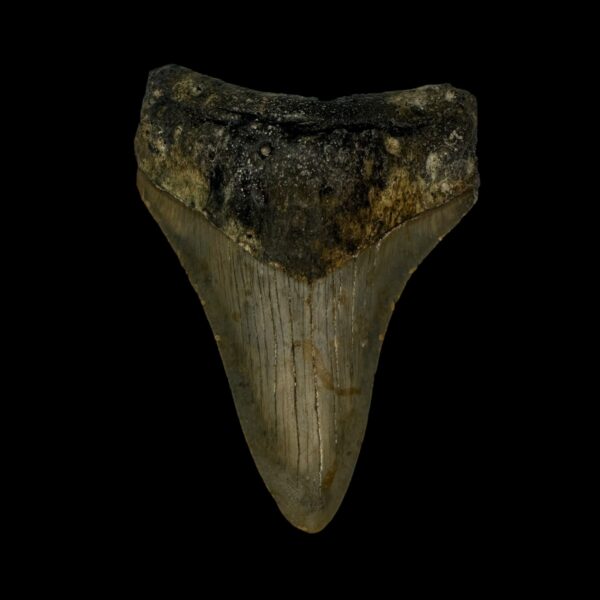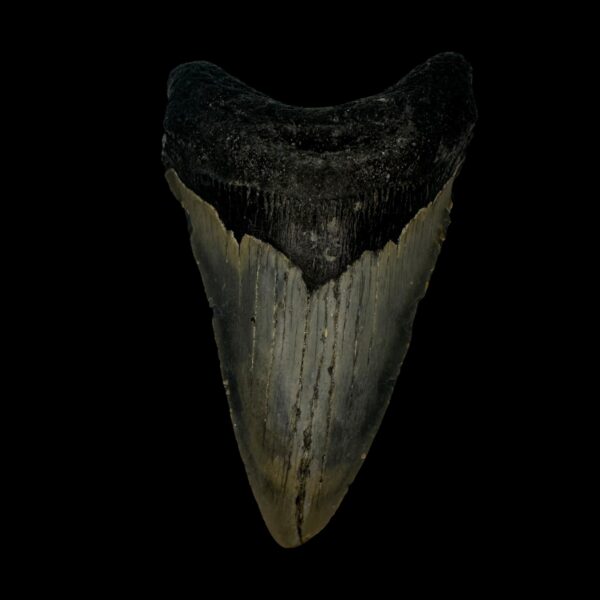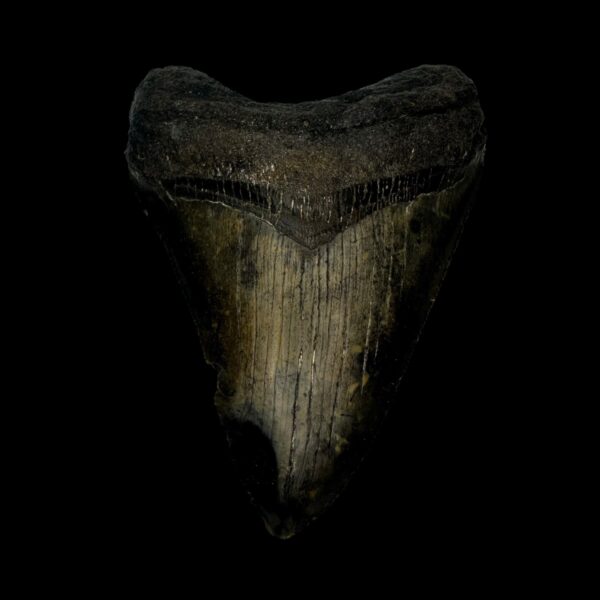Although there are some who believe that megalodons still roam the deep depths of the oceans, science has established that the mighty prehistoric “megs” died out about 2.6 million years ago. If you’re curious about where to find megalodon teeth today, keep reading to discover fascinating details about these ancient creatures.
One of the biggest clues scientists have about these giant predators is the fossilized teeth they left behind.
Fossilized megalodon teeth not only give us valuable hints at what these massive creatures were like—but they have also become a unique collector’s item.
If the thought of a megalodon tooth fills you with wonder and sends a thrill down your spine, keep reading to find out 5 interesting facts about these fossilized finds.
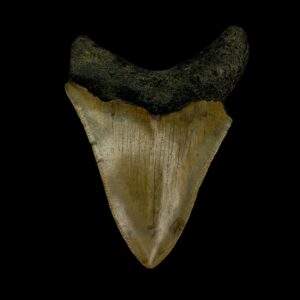
1. Megalodon Literally Means “Large Tooth”
Did you know that the megalodon got its scientific name from its teeth? Megaladon literally means “large tooth.”
Megalodon teeth are almost 3x the size of great white shark teeth. Originally, scientists thought that the megalodon was related to the great white shark, but it turns out that the closest surviving relative is actually the mako shark.
2. Megalodon Teeth Are Just About Our Only Clue to Their Size
Megalodons got their name from their teeth primarily because megalodon teeth make up the majority of the fossil record for this extinct giant shark. If you’re curious about where to find megalodon teeth, keep reading to discover more.
Like other sharks, most of the megalodon skeleton was made up of cartilage. Cartilage doesn’t fossilize. Because of this, the only megalodon fossils that have been found are fossilized teeth and vertebrae.
Because of this, fossilized megalodon tooth size was just about the only real clue scientists have to their body size. If you’re interested in where to find megalodon teeth, the size of these teeth is one of the few remaining clues about how large these ancient sharks really grew.
While they almost certainly didn’t reach the size portrayed in The Meg movie—it’s safe to say that megalodons could have grown up to 60-70 feet in length.
3. Where to Find Megalodon Teeth Today: The Megalodon Had the Strongest Bite in the World
Not only did megalodons have some of the biggest shark teeth, but they also hold the title for one of the strongest bites in history. Research shows that a single meg bite could exert 18 tonnes of pressure. To put this in perspective, the legendary tyrannosaurus rex could only bring 3 tonnes to bear per bite.
No wonder whales were part of the average megalodon’s diet…
4. Megalodon Shark Teeth Aren’t as Rare as You’d Think
Finding fossilized megalodon teeth out in nature isn’t an easy task. However, there are more megalodon teeth in the world today than you would think.
The reason for this is that megalodons had a lot of teeth—276 teeth on average. What’s more, like many other shark species, megalodons would replace their teeth continually.
Because of this, one megalodon could produce up to 40,000 teeth in its lifetime.
However, finding a perfectly fossilized tooth from a megalodon shark is a very rare occurrence. Other rarity-related factors in megalodon teeth that increase their value are teeth shape, color, and geographic origin.
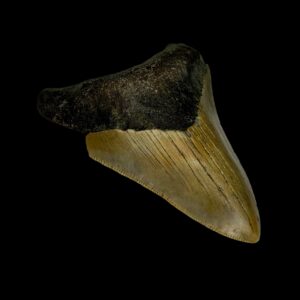
5. People Used to Think That Megaladon Teeth Were the Tips of Dragon Tongues
Another interesting fact about megalodon teeth is that for a time, people in the Mediterranean used to believe they were the tips of dragon tongues.
Because of this, fossilized megalodon teeth were treasured items, used in medicine, amulets, and more.
Megalodon Teeth Are Still a Prized Collector’s Item: Where to Find Megalodon Teeth Today
Science has cleared up the legends around megalodon teeth being dragon tongue tips. However, the truth behind megalodon teeth is just as awe-inspiring.
Thanks to their vast size, megalodons are almost as mythical to think about, which is one of the reasons why megalodon teeth are a prized collector’s item today.
Are you interested in buying your own fossilized megalodon tooth and owning a literal piece of prehistoric history? If you’re wondering where to find megalodon teeth today, browse our online shop to discover where to find megalodon teeth today. Fossil Exchange is a trusted seller of megalodon teeth, offering a variety of sizes and prices.

